In recent years, China’s Belt and Road Initiative (BRI) has emerged as one of the most ambitious and transformative global infrastructure projects in modern history. Under this grand vision, China aims to connect regions and countries across Asia, Europe, Africa, and beyond through a network of roads, railways, ports, and other critical infrastructure. In this comprehensive article, we delve into the intricate details of the Belt and Road Initiative, examining its objectives, key projects, global impact, and challenges.
Understanding the Belt and Road Initiative
The Belt and Road Initiative, often called the BRI, was first introduced by President Xi Jinping in 2013. The initiative derives its name from the ancient Silk Road trade routes that facilitated cultural and economic exchange between the East and the West. The modern BRI seeks to revive and expand upon this historical legacy by fostering connectivity and cooperation among nations through various infrastructure projects.
Key Objectives of the BRI
China’s Belt and Road Initiative’s primary objectives are manifold, encompassing economic and geopolitical dimensions. One of the core goals is to promote regional and global economic growth by enhancing trade and investment opportunities. By constructing modern transportation networks, such as railways and ports, the BRI aims to reduce trade barriers, facilitate the movement of goods, and boost overall economic development.
Furthermore, the BRI intends to strengthen political ties and enhance diplomatic relations between China and participating countries. By fostering partnerships and collaborations, China aims to establish itself as a significant player on the global stage, exerting influence while promoting mutual understanding and cultural exchange.
Unveiling Key Projects
At the heart of the Belt and Road Initiative lies an extensive portfolio of infrastructure projects across continents. Notable projects include the China-Pakistan Economic Corridor (CPEC), which seeks to improve connectivity between China’s western regions and Pakistan’s Gwadar Port, providing access to the Arabian Sea. Similarly, the Piraeus Port project in Greece aims to transform the Piraeus Port into a vital gateway for goods entering Europe, enhancing trade between China and the European Union.
In addition to transportation infrastructure, the BRI also focuses on energy projects. The construction of pipelines, power plants, and renewable energy facilities contributes to diversifying energy sources and promotes sustainable development.
Global Impact and Implications
The Belt and Road Initiative has significantly impacted the global geopolitical landscape. As China invests in infrastructure development, participating countries experience enhanced connectivity and improved access to international markets. This, in turn, can stimulate economic growth and poverty reduction in previously marginalized regions.
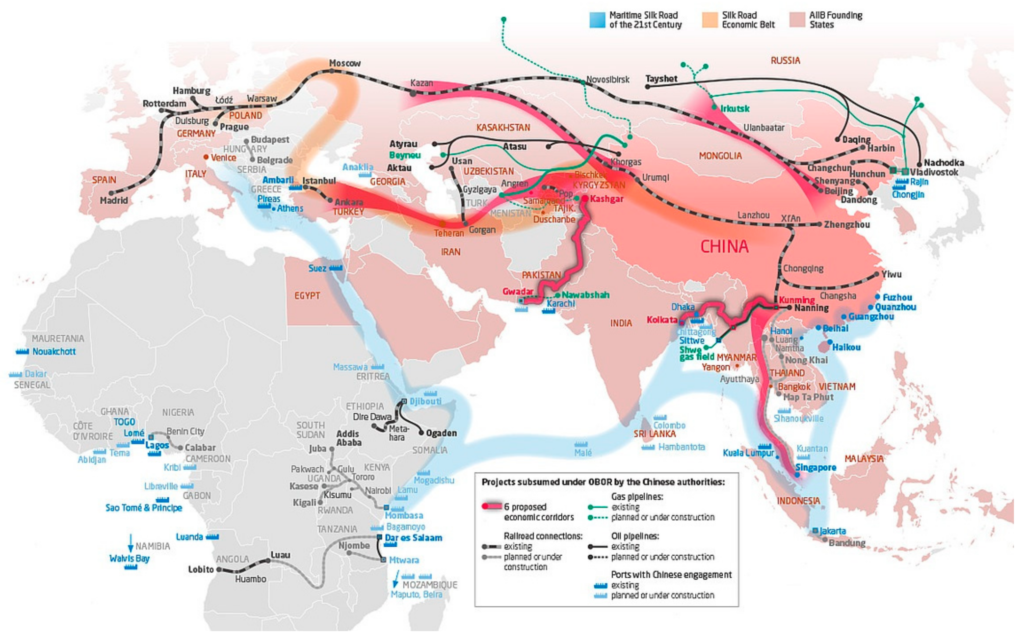
However, the BRI has not been without its share of controversies and concerns. Critics argue that the initiative can lead to debt dependency for participating countries, potentially compromising their sovereignty. Additionally, environmentalists raise concerns about the ecological impact of large-scale infrastructure projects.
Challenges and the Way Forward
As the Belt and Road Initiative unfolds, it faces several challenges that require careful consideration. One challenge is ensuring projects’ transparency and accountability to address debt sustainability concerns. China and its partners must work together to develop mechanisms that promote responsible lending and financial stability.
Furthermore, the BRI’s success hinges on effective collaboration among diverse nations with varying economic, political, and cultural backgrounds. Striking a balance between the interests of all stakeholders is essential for achieving the initiative’s long-term objectives.
Conclusion
China’s Belt and Road Initiative represents a monumental effort to reshape global infrastructure and foster international cooperation. By investing in diverse projects, the BRI aims to stimulate economic growth, enhance connectivity, and strengthen diplomatic ties among participating nations. While the initiative holds immense potential, addressing challenges and ensuring sustainable development will be critical to its long-term success.













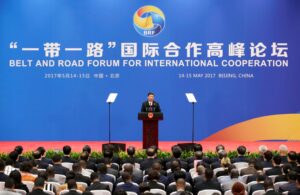
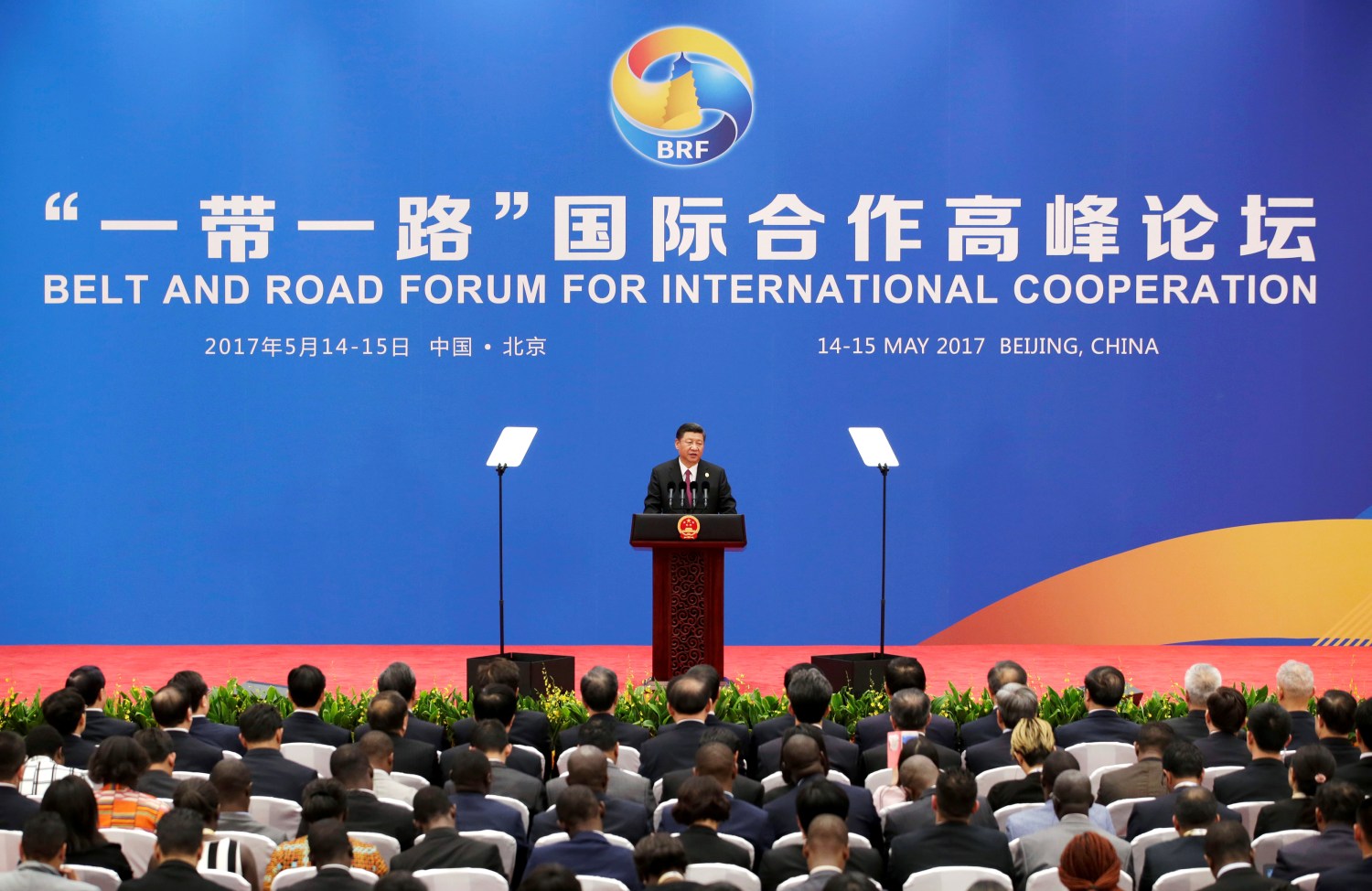
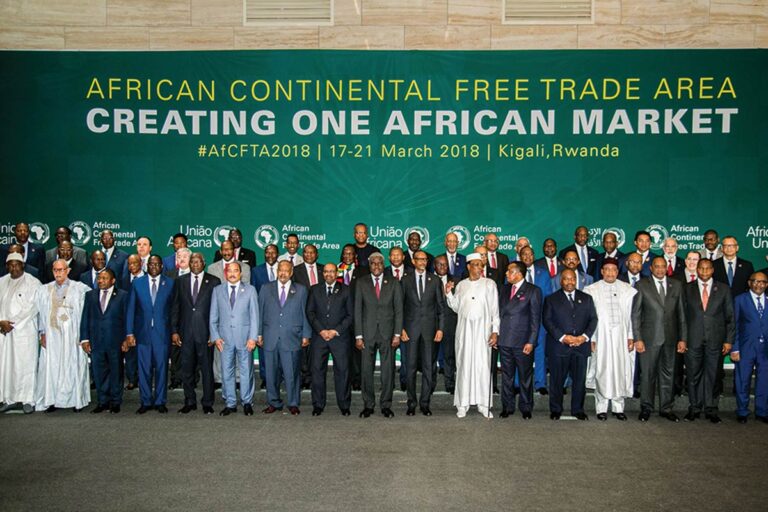





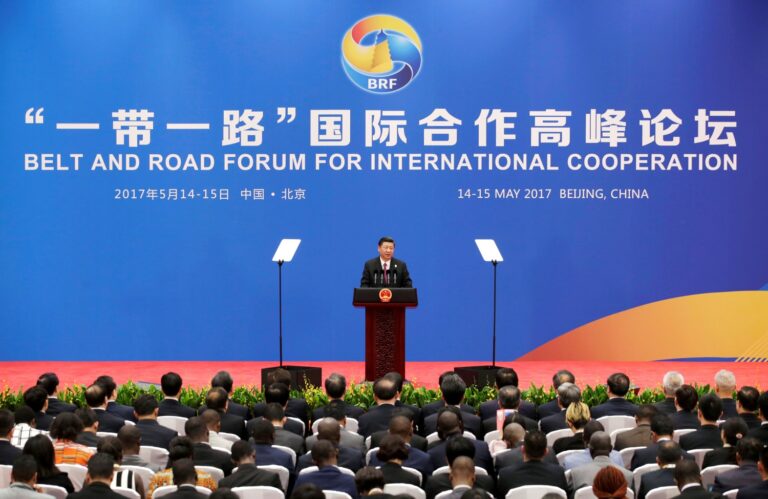


+ There are no comments
Add yours